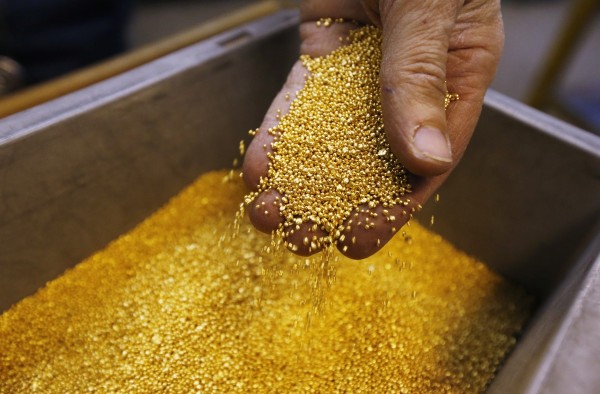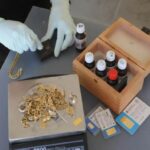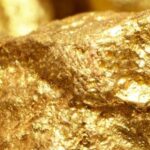The karat (carat in some regions) value is a measure of the purity of gold in a particular alloy. It is expressed as a proportion of pure gold to the total weight of the alloy. The karat scale ranges from 0 to 24, with 24 karats being pure gold. Here’s a breakdown of what different karat values represent:
- 24 Karat Gold (24k): This is pure gold, meaning it contains 99.9% gold with little to no alloy metals. Pure gold is very soft and malleable, making it less practical for certain applications like jewelry that require durability.
- 18 Karat Gold (18k): This is a common alloy used in high-quality jewelry. It consists of 75% gold and 25% other metals, often copper and silver. 18k gold has a rich yellow color and offers a good balance between purity and durability.
- 14 Karat Gold (14k): This popular alloy contains 58.3% gold and 41.7% other metals. It is a good choice for jewelry that requires durability while maintaining a reasonable gold content. 14k gold is commonly used in engagement rings and other jewelry.
- 10 Karat Gold (10k): Comprising 41.7% gold and 58.3% other metals, 10k gold is the minimum karatage that can be legally labeled and sold as gold in the United States. It is more durable than higher karat gold but has a lower gold content.
When choosing gold jewelry, the karat value is an important factor to consider, as it not only affects the color but also influences the metal’s hardness and durability. Higher karat gold is generally softer and more prone to scratching or bending, while lower karat gold is more durable but has a lower gold content.
It’s worth noting that the alloying metals used in gold can also influence its color. For example, copper is commonly added to create rose gold, while nickel or palladium may be used for white gold. The specific alloy composition can vary based on cultural preferences, design requirements, and regional standards.
What karat do we get from mining
Gold mined from the Earth is typically not in its pure form but rather exists in the form of gold ores, which contain varying amounts of gold along with other minerals. The karat value of gold obtained from mining depends on the ore and the refining process used to extract the gold from the ore.
- Native Gold: Sometimes, gold is found in its native, metallic state, and this gold is already in its pure form. However, native gold is relatively rare, and most gold is found in combination with other minerals.
- Gold Ores: Gold is often found as part of complex ores containing minerals such as quartz, pyrite, and sulfides. These ores require processing to extract the gold. The extraction process typically involves crushing the ore, then using chemical processes like cyanidation or smelting to separate the gold from other minerals.
- Refining: After extraction, the gold is further refined to remove impurities. This refining process involves methods such as cupellation, where the impurities are oxidized and then separated from the gold.
- Assaying: The purity of the gold is determined through assaying, which involves analyzing a sample to determine the proportion of gold. This is expressed in karats or as a fineness percentage.
- Gold Bullion: The gold obtained from mining and refining processes is often cast into gold bars or bullion. The purity of these bars can vary, and they are typically labeled with their karat value or fineness.
In summary, the karat value of gold obtained from mining depends on the specific ore and the refining processes used. Pure gold (24 karats) is relatively rare in nature, and most commercially available gold is alloyed with other metals to increase durability and hardness. The specific karat value of gold can be adjusted during the refining and alloying processes to meet the desired characteristics for various applications, including jewelry and investment.














